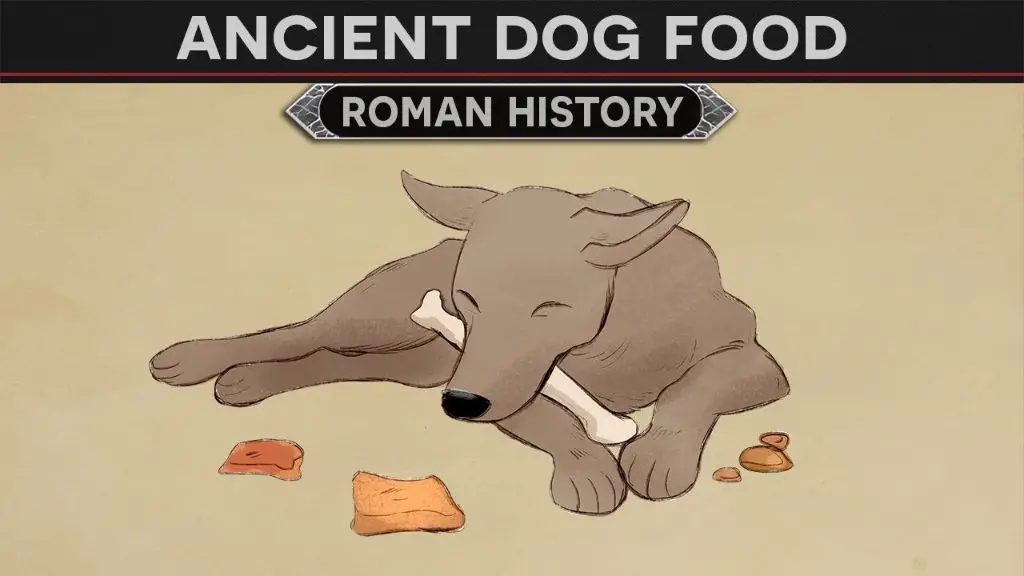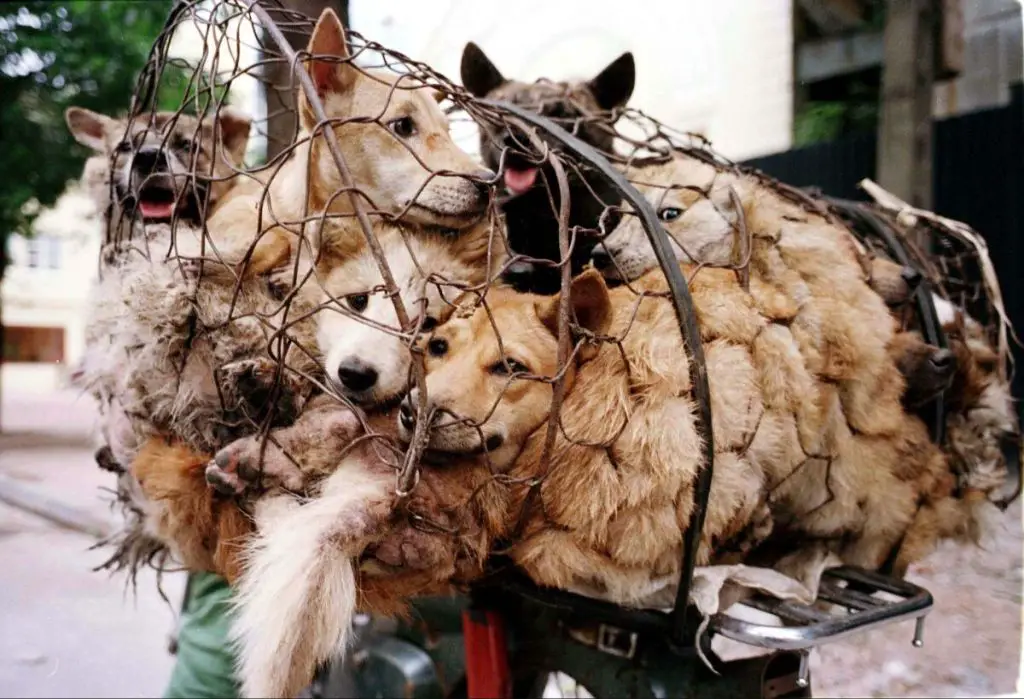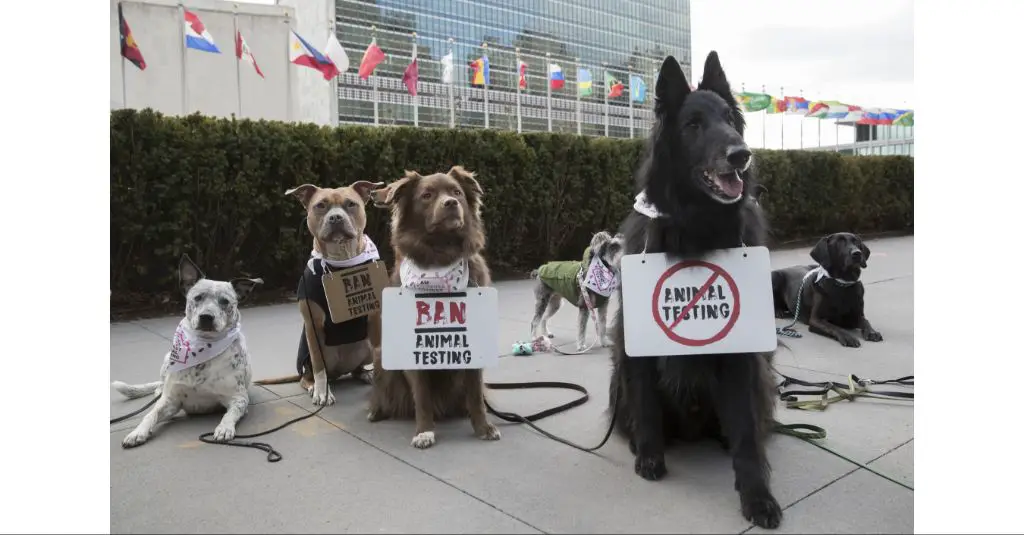Introduction
The practice of eating dog meat has a complex history, and cultural attitudes toward it have shifted dramatically over time. In some societies, dog meat was an accepted part of the diet, while in others it was taboo. This varied not only by time period, but also by geographic region and cultural context.
In many early civilizations, dogs worked closely alongside humans as hunters, herders, and companions. Their meat was not typically eaten for practical reasons – people depended on live dogs. But in times of famine or desperation, long-held food taboos often gave way to necessity.
By the 19th century, some Western societies began viewing dog meat consumption as uncivilized. Campaigns emerged in Victorian England to stop the eating of dog meat. But the practice persisted in other parts of the world. Even today, attitudes remain mixed, with some cultures continuing to eat dog meat as part of long-held traditions and others finding the practice unacceptable.
This complex history raises questions about the reasons behind food choices, taboos, and cultural perspectives on animal welfare. Looking at how and why attitudes have shifted over time gives insight into the human relationship with dogs and meat consumption more broadly.
Early History
The practice of eating dog meat has existed for thousands of years. In ancient China, dog meat was considered a common food source, with some Chinese dynasties formally recognizing dog meat in culinary regulations. Dog meat was also consumed in ancient Rome and among the Aztec civilization, where it was part of religious ceremonies and believed to have medicinal benefits.

Archeological evidence from across the ancient world suggests that dogs were bred for both companionship and meat. Remains of dogs with butcher marks have been discovered at sites ranging from Stone Age villages in Europe to Maya cities in Mesoamerica. While not as widely eaten as pigs, sheep, and cattle, dogs provided a valuable source of protein to many early civilizations.
European Attitudes Shift
In Europe during the Middle Ages and Renaissance periods, dogs were still viewed largely as utilitarian working animals. However, attitudes began to shift as dogs took on new roles as companions and helpers. The wealthy started to keep smaller dog breeds just for amusement and friendship. Dogs became status symbols among aristocrats, who would pamper them with outfits, toys, and treats. This affection for dogs as pets gradually filtered down to the middle and lower classes as well.
As European societies became more urbanized and industrialized, dogs took on new jobs assisting people in cities. Small terriers kept down vermin, while larger breeds pulled carts or helped with herding. Police began using dogs to help maintain public order. The intimate cooperation between humans and dogs strengthened their bond. No longer just livestock, dogs became trusted aides, playmates, and protectors. Their utility was matched with sentimentality, laying the cultural groundwork for dogs as primarily pets rather than food.

Victorian England
In Victorian England during the 1800s, attitudes towards dogs began to shift dramatically as they were increasingly seen as companions and pets rather than as food or work animals. Queen Victoria herself was known to be an avid dog lover, having many pets including Cavalier King Charles Spaniels and Pomeranians.
The practice of eating dog meat was considered abhorrent and unacceptable during this time. In fact, the Cruelty to Animals Act of 1835 officially made it illegal to slaughter cattle in an inhumane way, extending those protections to dogs as well.
As the keeping of dogs as pets proliferated among the rising middle classes, the emotional bond between people and their dogs grew. Dogs were brought indoors and treated as members of the family. The idea of eating one’s pet became unfathomable.
The Victorian era marked a major shift in Britain, as dogs went from being viewed as beasts of burden to being seen as beloved companions. This set the stage for dogs’ current status as “man’s best friend” in Western culture today.
United States
The consumption of dog meat in the United States has been historically quite rare. Dogs were primarily seen as companions, workers, and protectors rather than livestock. There are a few accounts of early settlers and frontierspeople occasionally eating dog meat out of necessity during times of extreme food scarcity. However, this was not a common cultural practice. By the late 19th century, dogs were viewed as beloved pets and loyal companions across most American households.
As the United States became more urbanized and industrialized in the early 20th century, the keeping of dogs solely as pets and companions grew even more popular. The thought of eating dogs had become taboo and was seen as unthinkable by the 1920s and 30s. Today, the consumption of dog meat is illegal in all states and opposed by the vast majority of Americans.
Asia

In many Asian countries, dogs continued to be viewed as a food source into modern times. Though the practice has declined in recent decades, dog meat is still regularly consumed in places like China, Vietnam, Indonesia, and South Korea. Approximately 30 million dogs a year are killed for their meat in Asia.
China has a long history of dog consumption that continues today, particularly in the southern provinces of Guangdong and Guangxi. Dog meat is considered a delicacy and is served in restaurants or sold at markets. However, the dog meat trade has faced increasing opposition in China from animal welfare groups. The Yulin Dog Meat Festival held annually in Guangxi is a particular target of criticism.
The eating of dog meat in South Korea has declined significantly, but around 1 million dogs are still killed for food there each year. Dog meat restaurants are becoming less common, especially in cities, but can still be found primarily in rural areas. The Korean dog meat industry has resisted government attempts to completely phase out the practice on the grounds that it is part of their cultural tradition.
Though illegal in many provinces, dog meat consumption also persists to some degree in Vietnam and Indonesia. In Vietnam, it is more prevalent in the north. The Vietnamese government has outlawed the slaughter of dogs for food in urban areas but has not been able to stamp out the practice entirely.
Animal Welfare
In the 19th and 20th centuries, animal welfare groups began campaigning against eating dog meat on cruelty grounds. The practice of eating dog meat in Western countries came to be seen as barbaric and unacceptable. Campaigners argued that dogs were intelligent, emotional animals who shared close bonds with humans, and that the methods of slaughter were frequently inhumane.

In the United Kingdom, the first animal welfare legislation banned cruel sports like bull baiting and bear baiting. This reflected changing attitudes that saw dogs as companions rather than livestock. Groups like the RSPCA were founded in the 1800s to prevent cruelty to animals. They began actively campaigning against eating dog meat, distributing pamphlets arguing the practice caused immense suffering.
The United States saw similar anti-cruelty campaigns. The American Society for the Prevention of Cruelty to Animals was founded in 1866 and also opposed dog meat on welfare grounds. These groups associated dog eating with immigrant and marginalized communities, depicting it as a primitive and backwards custom incompatible with modern society’s values.
Through public campaigns and lobbying, animal welfare reformers gradually made eating dog meat socially unacceptable and eventually illegal in most Western countries. However, the practice has continued in certain Asian regions, leading to tensions and accusations of cultural insensitivity from activists.
Cultural Differences
Attitudes toward dogs as a food source vary greatly by culture. In parts of East Asia and West Africa, dogs are considered a regular part of the diet by some. However, in Western cultures and in other parts of the world, dogs are seen solely as companions and the idea of eating them is taboo.
These differing cultural perspectives have complex historical roots. In parts of Asia, dogs were raised on farms as livestock intended for meat in the same way pigs or chickens are raised in the West. The practice of eating dog meat in places like Korea, Vietnam, and China extends back hundreds of years. However, as dogs became more popular as pets in the West, attitudes shifted to view them only as companions. This Western perspective began to spread via colonialism and cultural exchange.
Today, the practice of eating dog meat remains common in several Asian countries. However, younger generations are beginning to move away from it, influenced by global perspectives on animal welfare and dogs as pets. Public attitudes are gradually shifting as a result. Still, the cultural traditions persist and many continue to consume dogs as a specialty meat.
This difference in cultural attitudes has sometimes caused tensions. Critics argue the practice should be banned on ethical grounds. Proponents argue it is a defensible part of their culture. As views evolve, local practices are slowly declining, but differences in perspective on dogs as companions versus livestock remain.
Modern Perspectives
In recent decades, the practice of eating dog meat has declined in popularity globally. Many factors have contributed to this shift.
First, the animal welfare movement has grown stronger over time, calling attention to the inhumane practices often involved in raising dogs for meat. Investigations and undercover videos from dog farms have exposed cruel conditions that are difficult for many people to accept.
Second, dogs have taken on greater status as pets and companion animals in many societies. With stronger bonds forming between dogs and humans, it becomes harder to view dogs as simply a food source. Sentiment has grown that dogs deserve protection and care.
Third, with globalization and increased awareness of cultural differences, there is greater criticism of dog meat consumption, especially in Western countries. This external pressure from animal activist groups like PETA has discouraged the practice in some Asian countries.
While historically rooted cultural traditions are slow to change, opposition to dog meat continues mounting. More governments are implementing bans, and younger generations show less desire to continue eating dogs when alternative protein options exist.
Conclusion
In summary, attitudes towards dogs as a food source have shifted dramatically over the centuries. In ancient times, dogs were commonly eaten in certain parts of Europe and Asia. However, as dogs became more domesticated and valued for companionship, hunting skills, and guarding properties, the practice of eating them declined. By the Victorian era in England, dogs were seen as pets and the thought of eating them was considered barbaric. As Western attitudes spread through colonialism and globalization, much of the world adopted similar views on dogs as solely companions. While the practice continues in some Asian countries today, it is becoming less common as pet ownership rises and animal welfare concerns grow. Ultimately, dogs moved from the dinner table to the family home as their utility and emotional bond with humans became increasingly recognized and valued over time.